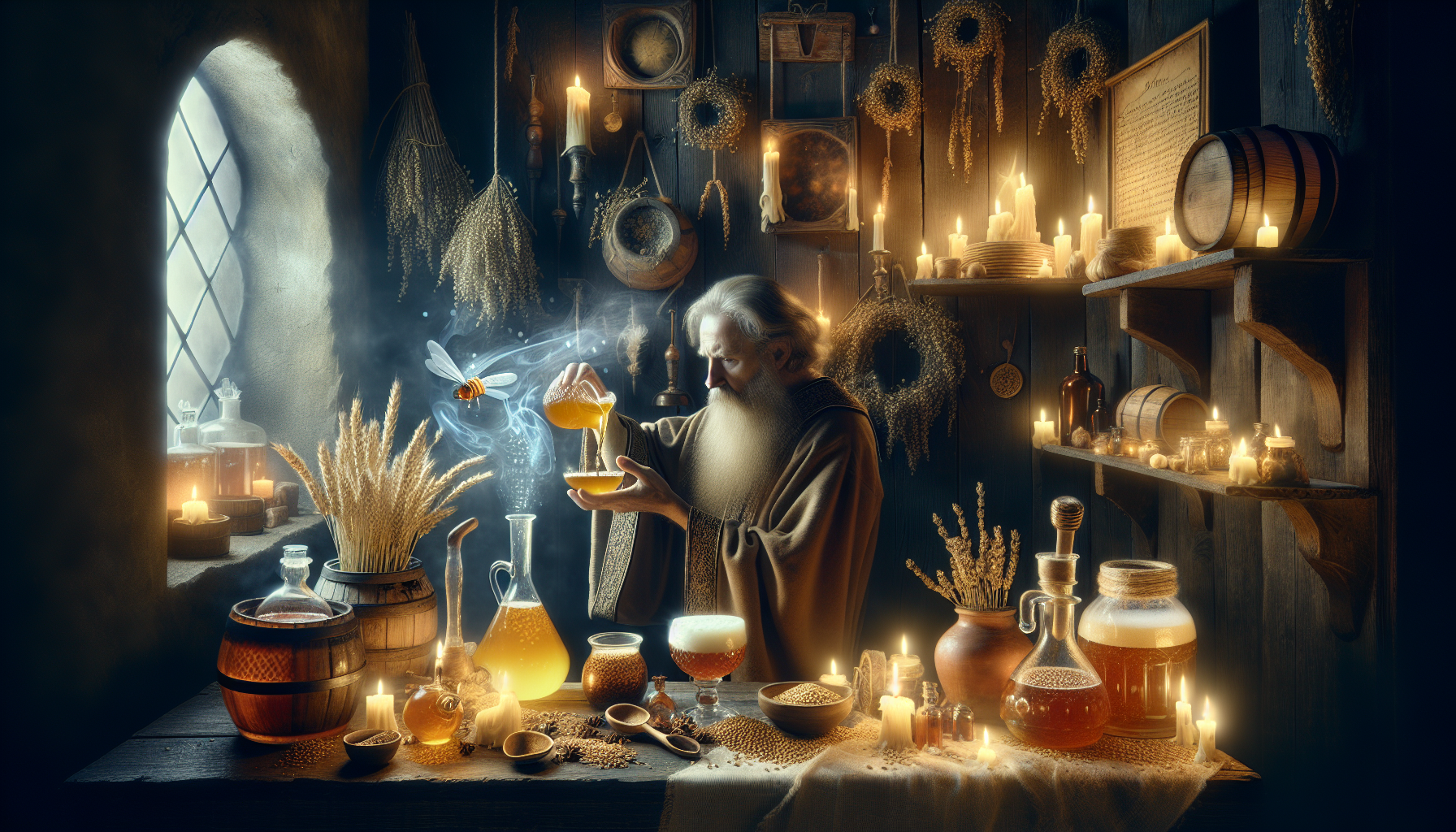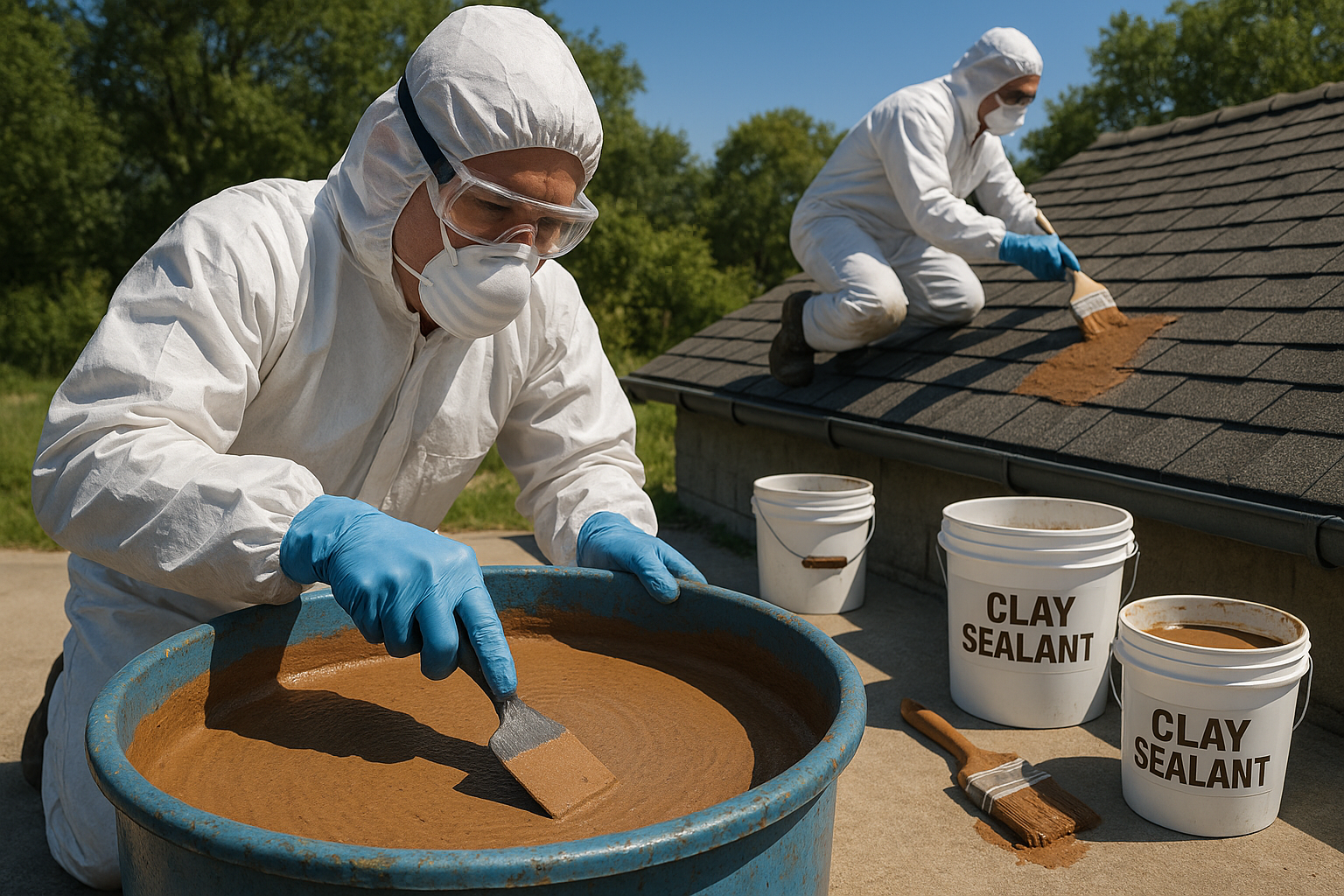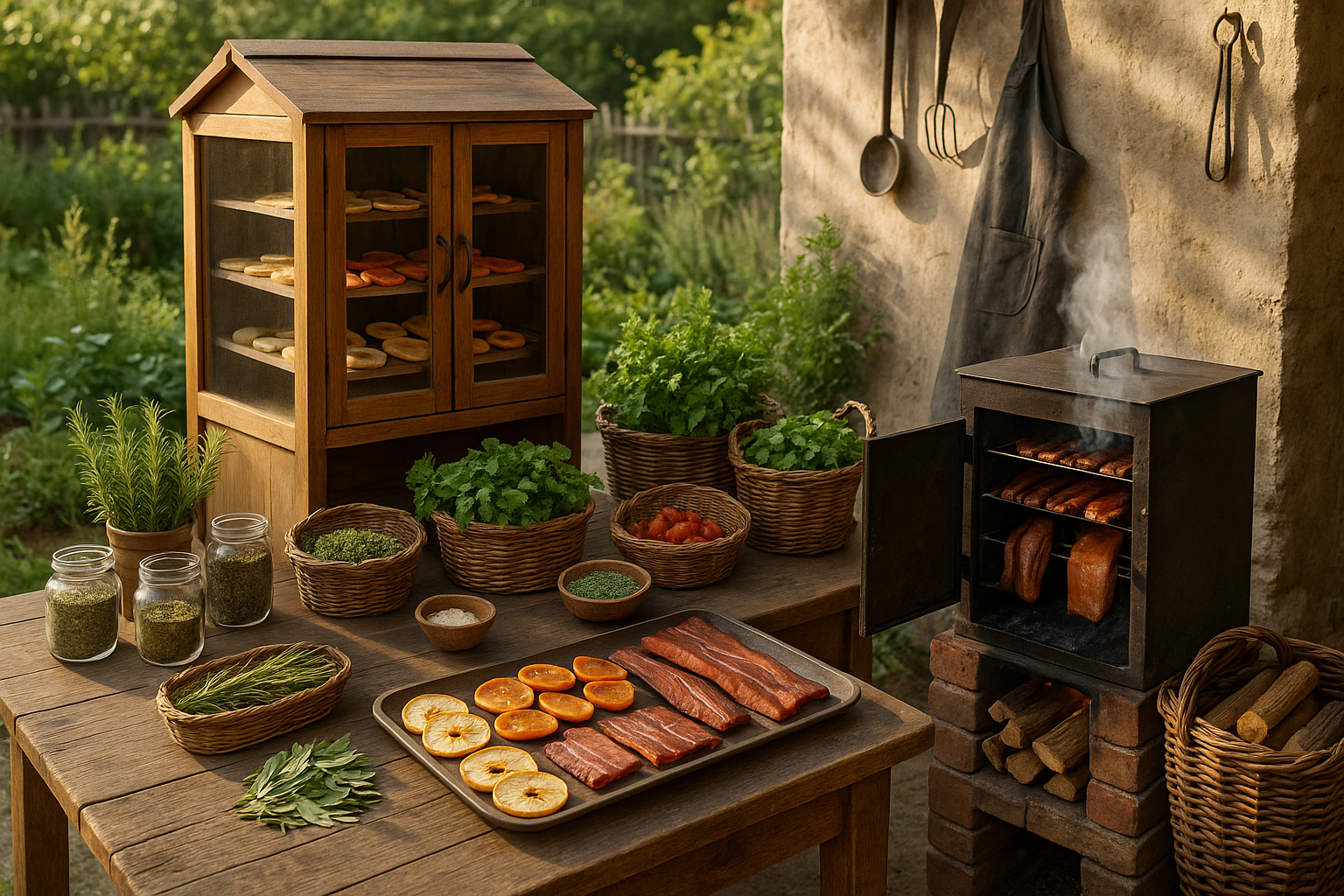In a world where the mundane often overshadows the mystical, there lies a timeless tradition that bridges the gap between the earthly and the divine: the sacred art of fermentation. 🍯✨ For centuries, humans have harnessed the transformative power of yeast and time, not just to preserve and enjoy, but to elevate the simple into the sublime. Among the myriad of fermented delights, mead and beer stand out as not only beverages but as vessels of spiritual and cultural significance. From ancient rituals to contemporary celebrations, these drinks tell stories of gods and mortals, of harvests and hymns, offering a taste of the transcendent in every sip.
As we embark on this exploration of sacred fermentation, we will delve into the fascinating history that mead and beer share with humanity. These ancient elixirs date back thousands of years, their origins shrouded in myth and legend. Mead, often referred to as the “nectar of the gods,” was cherished by the Vikings and the Celts, believed to be a gift from divine entities to mankind. Beer, on the other hand, has its roots in early agricultural societies, revered in Egyptian and Mesopotamian cultures as a drink of community and communion. In unraveling these historical tapestries, we will discover how these fermented beverages were more than just sustenance; they were central to religious rites, social structures, and even political power.
Beyond their historical and cultural significance, mead and beer offer a glimpse into the alchemical process of fermentation itself—a process that is as much an art as it is a science. 🧪✨ We will uncover the intricate dance of microorganisms that transform humble ingredients like honey, water, barley, and hops into complex and intoxicating brews. This section will highlight the craftsmanship and creativity involved in brewing, showcasing how modern artisans continue to push the boundaries of flavor and innovation while honoring traditional methods. Through this lens, fermentation emerges as a metaphor for transformation, echoing the spiritual journeys we undertake in search of growth and enlightenment.
Finally, our journey will culminate in an exploration of the modern renaissance of mead and beer, as these beverages find new life in today’s culinary and spiritual landscapes. We will examine the burgeoning craft brewing movement, which celebrates small-scale, high-quality production and a deep connection to local ingredients and communities. This revival has also sparked a renewed interest in the ritualistic and meditative aspects of brewing and consumption, inviting us to slow down and savor the present moment. As we sip these sacred libations, we are reminded of the interconnectedness of all things—the cycles of nature, the wisdom of our ancestors, and the divine spark within us all. So, raise your glass and join us on this intoxicating journey through time and spirit, where every taste is a tribute to the art of sacred fermentation. Cheers! 🥂
Understanding the Mystical Origins of Mead and Beer
In history, the art of fermentation has been revered as both a scientific process and a mystical transformation. This duality is evident in the brewing of mead and beer, two of the world’s oldest fermented beverages. Their origins are steeped in legend and lore, with roots that dig deep into ancient civilizations. Mead, often referred to as the “drink of the gods,” is believed to have been discovered over 8,000 years ago, with archaeological evidence suggesting that it was consumed in Europe, Africa, and Asia. The creation of mead is relatively simple, yet it holds a profound significance in cultural rituals and spiritual ceremonies. Honey, water, and yeast are combined to ferment, creating a beverage that was thought to hold divine properties.
Similarly, beer’s history is rich with cultural importance. The oldest evidence of beer dates back to around 7,000 years ago in what is now Iran. Ancient Mesopotamians, Egyptians, and later, the Greeks and Romans, all cherished this barley-based brew. In many societies, beer was not only a staple in the diet but also played a critical role in religious and social gatherings. The connection between beer and sacred rites is illustrated by the Sumerians, who worshipped Ninkasi, the goddess of beer. These early civilizations viewed fermentation as a magical process, transforming ordinary ingredients into something extraordinary.
Today, as we explore the sacred fermentation processes of mead and beer, we uncover a world where history, spirituality, and science converge. Whether you’re a seasoned brewer or a curious enthusiast, the exploration of these ancient beverages offers a glimpse into humanity’s shared cultural heritage and a deeper understanding of our ancestors’ relationship with the divine. The journey begins with understanding the ingredients and processes that bring these sacred drinks to life.
The Crafting Process: From Ingredients to Alchemy
The creation of mead and beer is a meticulous process that requires patience, precision, and a touch of artistry. At its core, the fermentation of these beverages involves the transformation of sugars into alcohol and carbon dioxide by yeast. However, the choice of ingredients, brewing techniques, and even the environment can significantly influence the final product. Let’s delve into the specific processes and elements that make mead and beer unique.
Mead, often dubbed “honey wine,” is crafted using honey, water, and yeast. The flavor profile of mead can vary widely based on the type of honey used, the addition of fruits, spices, or herbs, and the fermentation time. There are several styles of mead, including traditional mead, melomel (fruit-infused), metheglin (spiced), and braggot (combined with malt). The brewing process begins by diluting honey in water, heating the mixture to kill unwanted bacteria, and then cooling it before adding yeast. The fermentation can take weeks to months, depending on the desired flavor and alcohol content.
Beer, on the other hand, is typically made from barley, hops, water, and yeast. The brewing process is more complex, involving multiple stages such as malting, mashing, boiling, fermenting, and conditioning. The choice of grains and hops, the type of yeast, and the brewing methods determine the beer’s style, ranging from pale ales and lagers to stouts and porters. Hops, added during the boiling stage, provide bitterness and aroma, balancing the sweetness of the malt. Yeast plays a crucial role in fermentation, converting sugars into alcohol and creating the distinct flavors that define different beer styles.
Both mead and beer rely on the delicate balance of ingredients and precise control over the fermentation environment. Temperature, pH levels, and time are critical factors that can influence the outcome of the brew. Understanding these variables is essential for any brewer looking to master the art of sacred fermentation. As we explore the crafting process, it becomes clear that brewing is as much an art as it is a science, requiring intuition and a deep respect for the natural world.
Exploring the Cultural and Spiritual Significance
Mead and beer have long been more than just beverages; they hold deep cultural and spiritual significance across the world. These drinks have been woven into the fabric of religious ceremonies, social customs, and even mythology. The ancient Norse believed that mead was a gift from the gods, providing wisdom and poetic inspiration. In Celtic traditions, mead was consumed during weddings and other sacred events, symbolizing prosperity and fertility.
Beer, similarly, played a vital role in many ancient societies. In Egypt, beer was offered to the gods in temples and used as a form of currency. The Sumerians, one of the earliest known civilizations, had a hymn to Ninkasi that doubled as a recipe for brewing beer, underscoring its divine status. In contemporary times, many cultures still regard these beverages as symbols of community and celebration. The Oktoberfest in Germany and the Midsummer celebrations in Nordic countries are examples of how beer continues to be at the heart of cultural traditions.
The spiritual significance of mead and beer is not just historical but continues to influence modern practices. Many modern pagans and spiritualists use mead in rituals, honoring the connection between the natural and the divine. Craft beer movements have also embraced the communal aspect of brewing, emphasizing sustainability and local ingredients. The resurgence of interest in traditional brewing techniques reflects a desire to connect with the past and preserve cultural heritage.
Modern Trends in Sacred Fermentation
In recent years, there has been a growing interest in the revival and innovation of traditional brewing practices. This trend is driven by a desire to explore new flavors, sustainable brewing methods, and a reconnection with historical roots. Craft breweries and meaderies are at the forefront of this movement, experimenting with a wide array of ingredients and techniques to create unique and complex flavors. The craft beer revolution has expanded the possibilities of brewing, with microbreweries pushing the boundaries of traditional styles and embracing creativity.
One significant trend is the emphasis on local and organic ingredients. Many brewers are sourcing honey, grains, and hops from local farms, reducing their environmental impact and supporting regional agriculture. This commitment to sustainability is not only a nod to ancient practices but also a response to modern environmental concerns. In addition to traditional styles, brewers are experimenting with new ingredients, such as exotic fruits, herbs, and spices, to create innovative meads and beers that appeal to a diverse audience.
The advent of technology has also played a crucial role in the evolution of brewing. Homebrewing has become increasingly popular, with enthusiasts using online resources and communities to share recipes, tips, and techniques. Digital tools allow for precise control over the fermentation process, enabling brewers to experiment with different variables and achieve consistent results. This democratization of brewing has led to a renaissance in homebrewing culture, where anyone with a passion for fermentation can create their own unique brews.
For those interested in exploring the art of sacred fermentation further, this video provides a comprehensive overview of modern mead making techniques: Mead Making 101 – The Basics of Home Brewing (City Steading). Watch the video to learn more about the intricacies of brewing mead at home.
Comparing Mead and Beer: A Taste of Tradition
While both mead and beer are products of fermentation, they offer distinct flavor profiles and experiences. Mead, with its honey base, tends to be sweeter and can vary greatly depending on the type of honey and any additional ingredients. It is often described as smooth and rich, with a complexity that evolves over time. Mead can be served still or sparkling, chilled or at room temperature, making it a versatile beverage for any occasion.
Beer, on the other hand, offers a wide range of styles, from light and refreshing pilsners to dark and robust stouts. The bitterness of hops balances the sweetness of malt, creating a diverse spectrum of flavors. Beer is typically carbonated, adding a refreshing quality to its taste. The choice of grains, hops, and yeast can significantly influence the flavor, aroma, and appearance of the beer, providing endless possibilities for experimentation.
| Beverage | Base Ingredient | Common Additions | Flavor Profile |
|---|---|---|---|
| Mead | Honey | Fruits, spices, herbs | Sweet, smooth, complex |
| Beer | Barley | Hops, additional grains | Bitter, malty, varied |
Understanding these differences allows brewers and enthusiasts to appreciate the unique qualities of each beverage. Whether you prefer the sweetness of mead or the complexity of beer, both offer a rich tapestry of flavors and a connection to ancient traditions. As we continue to explore the world of sacred fermentation, the possibilities are as endless as the stories they hold.
Joining the Community: How to Get Started
For those inspired to delve into the world of sacred fermentation, there are numerous resources and communities available to guide you on your journey. From online forums to local brewing clubs, the brewing community is welcoming and eager to share knowledge. Starting with simple recipes and gradually experimenting with different ingredients and techniques is a great way to learn the art of brewing mead and beer.
Consider joining a local brewing club or attending workshops and festivals to connect with like-minded individuals. These events offer a chance to taste a variety of brews, learn from experienced brewers, and gain insights into the brewing process. Many clubs also offer equipment rentals and group brewing sessions, making it accessible for beginners to start their brewing journey.
- Join local brewing clubs and attend workshops
- Explore online communities and resources
- Experiment with simple recipes and gradually try new techniques
Embrace the journey of brewing and discover the joy of creating your own mead and beer. Whether you are brewing for personal enjoyment, community gatherings, or spiritual rituals, the art of sacred fermentation offers a unique and fulfilling experience.

Conclusion
As we journey through the ancient and sacred art of fermentation, the stories and traditions surrounding mead and beer offer a fascinating tapestry that weaves together history, culture, and science. Throughout this article, we’ve delved into the origins and significance of these age-old beverages, examining their role in various societies and their connections to spirituality and community.
The exploration began by uncovering the roots of mead and beer, tracing back to prehistoric times when humans first discovered the magical process of fermentation. This natural phenomenon not only transformed simple ingredients into delightful beverages but also became a significant cultural and ritualistic element in many societies. The versatility and adaptability of these drinks are evident in their widespread presence across different civilizations, from the Vikings and Celts to the Egyptians and Sumerians.
In our examination of mead, often referred to as the “nectar of the gods,” we explored its deep ties to mythology and the divine. Mead’s association with gods and goddesses across various cultures underscores its revered status and the mystical allure it holds even today. The process of crafting mead, from the selection of honey to fermentation, reflects an art form that transcends mere production, embracing creativity and patience.
Similarly, beer, with its humble beginnings as a staple in ancient diets, has evolved into a global phenomenon. The science behind beer brewing is as fascinating as its history, involving complex biochemical processes that have been honed over centuries. The diversity of beer styles, from lagers to ales, showcases the innovation and craftsmanship that brewers pour into their creations.
Both mead and beer have played pivotal roles in social and religious contexts, acting as catalysts for communal bonding and spiritual rituals. They have been used in ceremonies to honor deities, celebrate harvests, and mark significant life events. These traditions emphasize the sacredness attributed to fermentation, highlighting the profound connection between humanity and the natural world.
The resurgence of interest in craft brewing and artisanal mead-making in recent years reflects a broader movement towards embracing traditional practices and sustainable living. This renaissance not only honors the legacy of our ancestors but also encourages a deeper appreciation for the intricate processes involved in creating these timeless beverages. By supporting local brewers and mead-makers, we contribute to preserving cultural heritage and promoting environmental stewardship.
As we conclude this exploration, it is essential to recognize the enduring impact of mead and beer on our social fabric and spiritual consciousness. The art of fermentation continues to inspire innovation, bringing people together in celebration and reflection. Whether you are a seasoned brewer or a curious enthusiast, there is always more to discover in the world of sacred fermentation.
We invite you to delve deeper into this fascinating subject and share your experiences with others. Engage in conversations, attend local brewing events, or even try your hand at crafting your own mead or beer. By doing so, you become part of a vibrant community that values tradition, creativity, and connection.
In the spirit of sharing knowledge and fostering dialogue, we encourage you to leave a comment with your thoughts and insights on this topic. How has the art of fermentation influenced your life or community? What are your favorite mead or beer experiences? Let’s continue this conversation and inspire one another to explore the divine aspects of fermentation.
For further reading and exploration, consider visiting some reputable sources such as American Mead Makers Association or Brewers Association. These platforms offer a wealth of information on mead and beer, from historical contexts to modern brewing techniques.
Thank you for joining us on this enlightening journey. As you sip your next glass of mead or beer, may you savor not only the flavors but also the rich traditions and sacred stories that accompany these remarkable beverages. Cheers to the divine art of fermentation! 🍻✨




